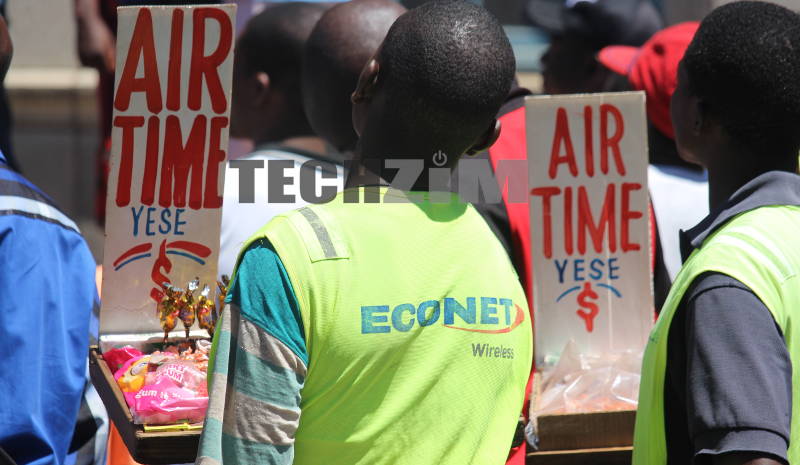POTRAZ recently published a regulatory circular on tariff adjustments for mobile network operators (MNOs). In the circular, they explain that the pricing of tariffs would be increasing to better reflect the increase that telecoms company have incurred for most of the year.
POTRAZ says the pricing model for bundles, voice and SMS that was being used by MNOs for so far in 2020 wasn’t taking into account the costs for operators and was only taking into account the US$ exchange rate. The new tariffs that reflect these costs are as follows;
| Service | Current tariff | New tariff |
| On-Net calls per minute | 3.38 | 5.02 |
| Off-net calls origination per minute | 2.31 | 3.43 |
| Interconnection per minute | 0.95 | 1.42 |
| SMS per message | 0.87 | 1.29 |
| USSD per session | 0.87 | 1.29 |
| Data per megabyte | 0.66 | 0.99 |
| International call origination per minute | 2.48 | 3.69 |
| Fixed tarrifs | ||
| Fixed on net calls per minute | 2.14 | 3.17 |
| Fixed National call origination per minute | 1.53 | 2.27 |
| Fixed international call origination per minute | 1.59 | 2.36 |
| Broadband | ||
| 2Mbits leased line (per month) | 22 613.84 | 33 615.00 |
| 10Mbits leased line (per month) | 23 333.84 | 34 685.26 |
| FTTH (Data per MB) | 0.04 | 0.06 |
| 64Kbits leased lines (per month) | 3 512.64 | 5 221.46 |
| ADSL | 0.04 | 0.06 |
These are the tariffs before taxes meaning the final price consumers will pay for the services listed above will actually be higher than what is listed in the table above.

Comments
One response
The environment itself is something else